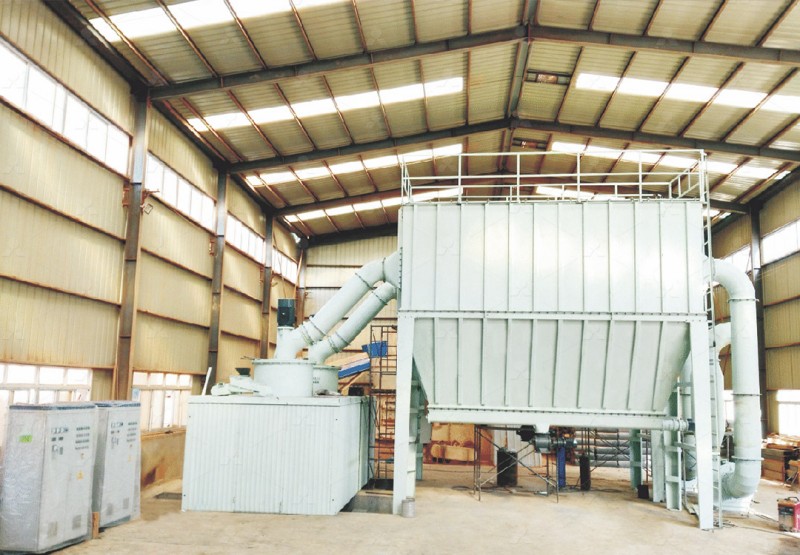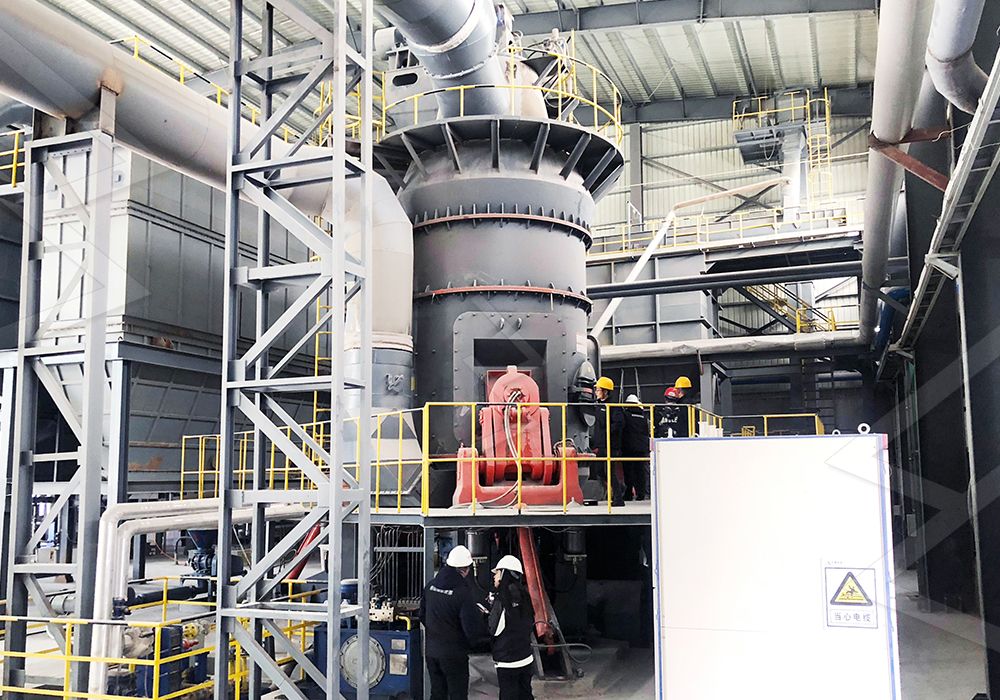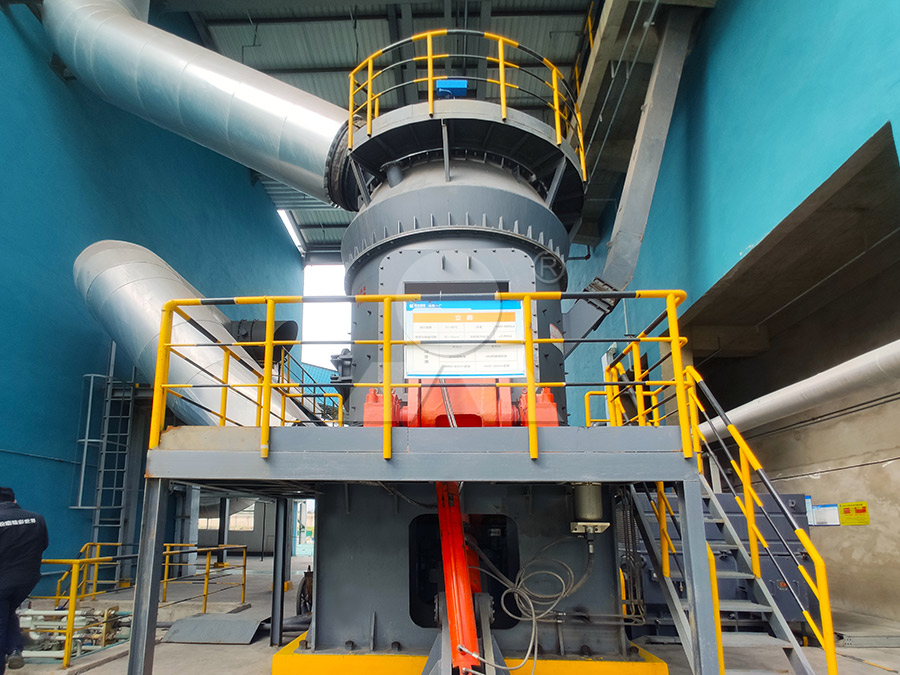Vertical Grinding Mill Solutions in Jinan: Enhancing Industrial Milling Efficiency
Vertical Grinding Mill Solutions in Jinan: Enhancing Industrial Milling Efficiency
In the heart of Jinan’s industrial landscape, manufacturing facilities are constantly seeking innovative solutions to optimize their milling operations. The pursuit of higher efficiency, reduced energy consumption, and improved product quality has become paramount in today’s competitive market. Among the various technologies available, vertical grinding mills have emerged as a transformative solution for numerous industries.

The Evolution of Industrial Milling Technology
Traditional milling approaches often struggle with limitations in precision, energy efficiency, and environmental compliance. The transition to advanced vertical grinding technology represents a significant leap forward in addressing these challenges. Modern vertical mills integrate multiple processes—crushing, drying, grinding, classifying, and conveying—into single, streamlined systems that offer substantial operational advantages.
One standout solution that has gained considerable attention in Jinan’s industrial sector is the MW Ultrafine Grinding Mill. This advanced system represents the cutting edge of milling technology, specifically engineered for operations requiring ultra-fine powder production. With an input size capacity of 0-20 mm and throughput ranging from 0.5 to 25 tons per hour, this equipment delivers exceptional performance across diverse applications including limestone, calcite, dolomite, petroleum coal, gypsum, barite, and various chemical industry materials.
Key Technological Advantages
The MW Ultrafine Grinding Mill incorporates several innovative features that set it apart from conventional milling equipment. Its newly designed grinding curves for rollers and rings significantly enhance grinding efficiency, achieving production capacity increases of up to 40% compared to jet grinding mills and stirred grinding mills. Remarkably, the system energy consumption is only 30% of comparable jet grinding mills, delivering both environmental and economic benefits.
The mill’s adjustable fineness capability between 325-2500 meshes, achieved through German cage-type powder selector technology, provides unprecedented control over product specifications. This precision, combined with the elimination of rolling bearings and screws in the grinding chamber, dramatically reduces maintenance concerns and potential machine damage from loose components.

Environmental Compliance and Operational Excellence
Jinan’s industrial operations face increasing pressure to meet stringent environmental standards. The MW Ultrafine Grinding Mill addresses these concerns through its integrated pulse dust collector and muffler system, effectively minimizing dust and noise pollution. The entire production process operates in compliance with national environmental protection standards, making it an ideal solution for facilities prioritizing sustainability.
Another notable solution gaining traction in the region is the LUM Ultrafine Vertical Grinding Mill, which processes materials with input sizes of 0-10 mm at capacities between 5-18 tph. This system incorporates the latest Taiwanese grinding roller technology and German powder separating technology, creating an integrated solution for ultrafine powder grinding that has become the preferred choice for many Jinan-based operations.
Practical Implementation in Jinan Industries
Local manufacturers have reported significant improvements in operational efficiency following the adoption of advanced vertical grinding technology. The digitalized processing capabilities of these systems, featuring numerically controlled machine tools for cutting, bending, planing, milling, and paint spraying operations, ensure exceptional precision in core components. This technological sophistication translates to reliable, worry-free operation with comprehensive technical support and original spare parts availability.

The working principle of these advanced mills involves a sophisticated process where the motor drives the main shaft and turnplates through a reducer, which then drives multiple rollers to rotate against the raceway of the ring. Material is fed to the central part of the upper turnplate and falls under centrifugal force to the raceway where it’s crushed into powder. The integration of efficient powder separation technology ensures consistent product quality while minimizing energy consumption.
Frequently Asked Questions
What industries in Jinan typically benefit from vertical grinding mills?
Vertical grinding mills serve numerous sectors including chemical manufacturing, construction materials production, mining operations, food processing, pharmaceuticals, and environmental technology applications. Their versatility makes them suitable for any operation requiring precise particle size reduction.
How does the MW Ultrafine Grinding Mill achieve higher efficiency compared to traditional mills?
The MW mill incorporates optimized grinding curves, advanced powder selection technology, and eliminates rolling bearings in the grinding chamber. These innovations collectively reduce energy consumption by up to 70% while increasing production capacity by 40% compared to conventional systems.
What environmental advantages do modern vertical grinding mills offer?
Contemporary vertical mills feature integrated pulse dust collectors, mufflers, and noise elimination systems that minimize environmental impact. The closed-system operation prevents dust emissions, and the efficient design reduces overall energy requirements, contributing to lower carbon footprints.
How does the adjustable fineness feature benefit production operations?
The ability to precisely control product fineness between 325-2500 meshes allows manufacturers to quickly adapt to different customer requirements and product specifications without requiring equipment modifications or replacements.
What maintenance advantages do these systems provide?
The elimination of rolling bearings and screws in critical areas significantly reduces maintenance frequency and complexity. External lubrication systems enable continuous 24-hour operation without shutdowns for maintenance, maximizing production uptime.
